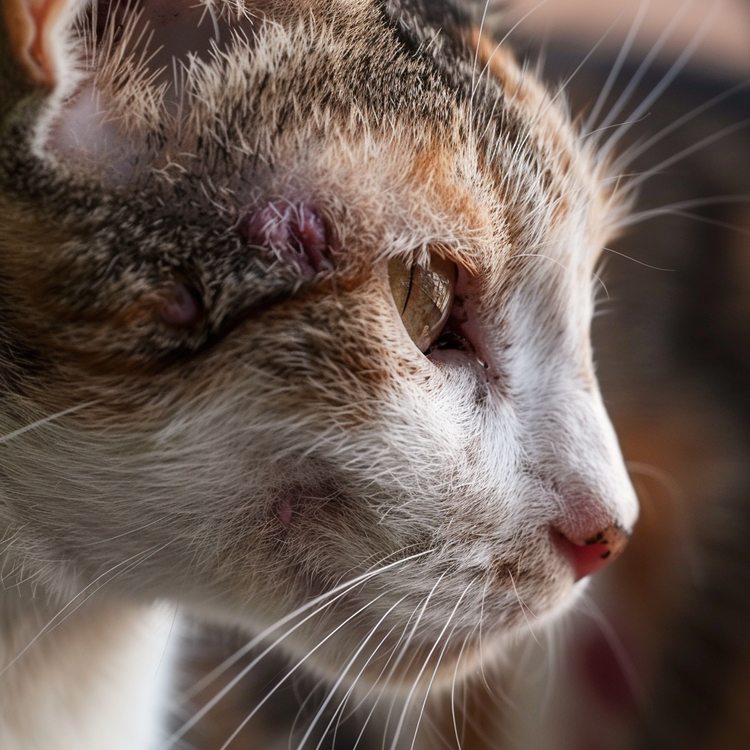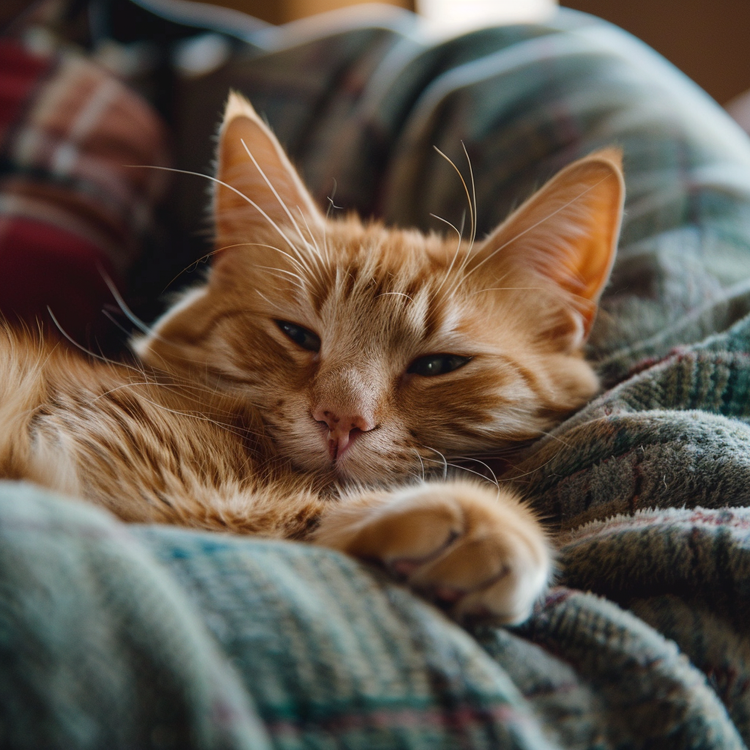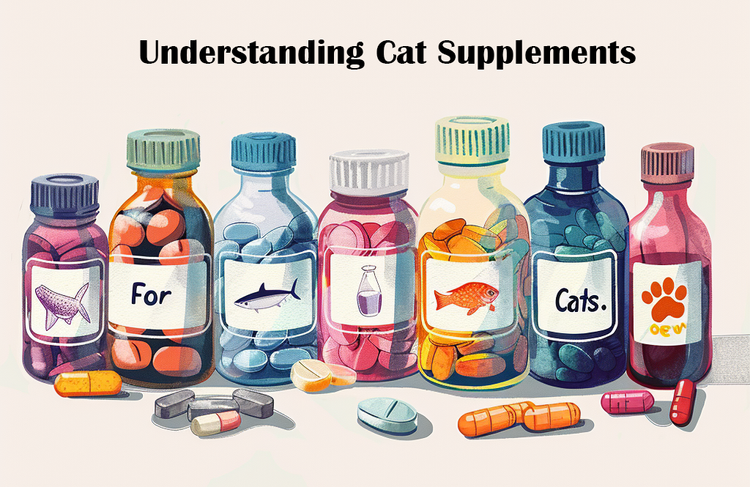Understanding and Managing Feline Lower Urinary Tract Disease (FLUTD)
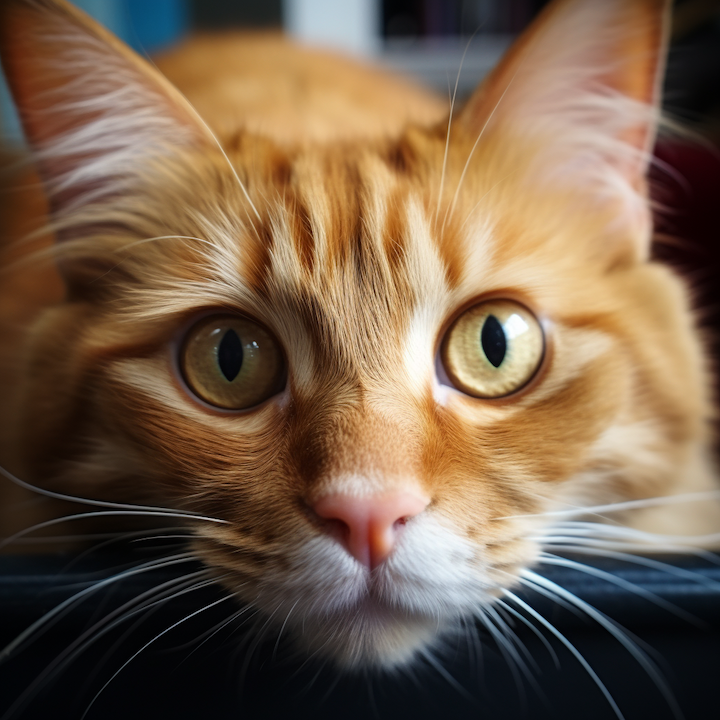
- What is Feline Lower Urinary Tract Disease?
- Recognizing the Signs of FLUTD
- Risk Factors for FLUTD
- Underlying Causes of FLUTD
- Investigating FLUTD
- Treating FLUTD
- The Role of Nutrition in FLUTD Management
- Prescription Diets vs. Over-the-Counter (OTC) Diets
- Wet Food Diets in FLUTD Management
- Home-Prepared Diets
- Final Thoughts
- Frequently Asked Questions
As a cat owner, it's crucial to be informed about various health conditions that can affect your furry friend. One such condition, often overlooked yet significantly impactful, is Feline Lower Urinary Tract Disease (FLUTD). This comprehensive guide aims to demystify FLUTD, highlighting its causes, symptoms, treatment options, and preventive measures.
What is Feline Lower Urinary Tract Disease?
FLUTD refers to a group of conditions affecting cats' lower urinary tract. It encompasses various urinary problems, including urinary crystals, infections, stress-induced cystitis, and urethral plugs. The symptoms are diverse but commonly include blood in the urine, straining or vocalizing during urination, frequent urination, and urinating outside the litter box. Recognizing these signs early is vital, as FLUTD can swiftly escalate into a medical emergency, particularly in male cats, where urethral obstruction is a severe risk.
Recognizing the Signs of FLUTD:
Cats suffering from FLUTD display several common symptoms, including:
- Dysuria: Difficulty or pain during urination. Cats may strain or vocalize due to discomfort.
- Pollakiuria: Increased frequency of urination, often due to bladder or urethral inflammation.
- Haematuria: Presence of blood in urine, ranging from microscopic levels to visible red discoloration.
- Periuria: Urinating outside the litter box, driven by urgency due to discomfort.
- Over-Grooming: Excessive licking of the perineal area, possibly leading to hair loss.
- Behavioral Changes: Aggression, irritability, or loss of litter-box training.
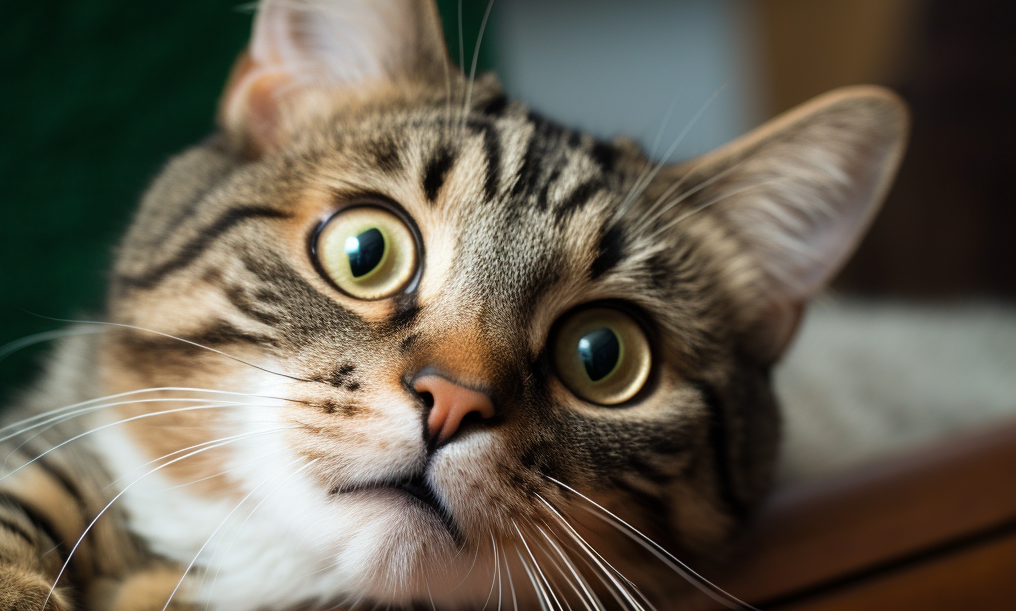
Risk Factors for FLUTD:
While any cat can develop FLUTD, certain factors increase the risk, including:
- Middle Age: Middle-aged cats, typically between 4 and 10 years, are more prone to FLUTD due to age-related changes in their urinary system.
- Neutered Status: Neutered cats often face a higher risk of FLUTD due to hormonal and physical changes affecting urinary tract health.
- Overweight: Overweight cats are more susceptible to FLUTD, as excess weight can lead to increased inflammation and stress on the urinary system.
- Sedentary Lifestyle: A lack of exercise can contribute to urinary health issues, making sedentary cats more likely to develop FLUTD.
- Limited Outdoor Access: Cats with restricted outdoor access may experience more stress and less physical activity, factors that can contribute to FLUTD.
- Predominantly Dry Food Diet: Dry food diets may lead to less water consumption and more concentrated urine, increasing the risk of urinary problems like FLUTD.
Underlying Causes of FLUTD:
FLUTD can be caused by various diseases, each requiring specific attention:
- Urolithiasis: Bladder stones, primarily struvite or calcium oxalate stones.
- Bacterial Infections: Though less common, bacterial cystitis can occur, especially in older cats.
- Urethral Plugs: Blockages due to accumulation of crystals, proteins, and debris.
- Anatomical Defects: Such as urethral strictures.
- Neoplasia: Rare, but includes bladder tumors like transitional cell carcinoma.
- Idiopathic Cystitis: Inflammation of the bladder without an identifiable cause
Investigating FLUTD:
To accurately diagnose FLUTD, veterinarians may employ:
- Urinalysis: A key diagnostic tool to identify infections, presence of crystals, or blood in the urine, which are indicative of various urinary conditions.
- X-rays or Contrast Radiography: Employed to visualize bladder stones, strictures, or tumors that may not be evident through other diagnostic methods.
- Ultrasound: Used for a more detailed examination of the bladder wall thickness and to detect stones, offering insights into conditions not easily spotted on X-rays.
- Biopsies: Critical for confirming the presence of tumors, helping in differentiating FLUTD from neoplastic conditions.
Treating FLUTD:
Treatment varies based on the underlying cause, but general principles include:
- Increasing Water Intake: Through wet diets and encouraging drinking.
- Bacterial Cystitis: Treated with antibiotics based on culture and sensitivity tests.
- Urolithiasis: Surgical removal or dissolution through special diets.
- Urethral Plugs: Emergency removal under anesthesia, followed by diet change and pain management.
- Urethral Strictures: Surgical intervention.
- Feline Idiopathic Cystitis: Focus on water intake and stress reduction.
- Bladder Tumors: Chemotherapy and NSAIDs for palliative care.
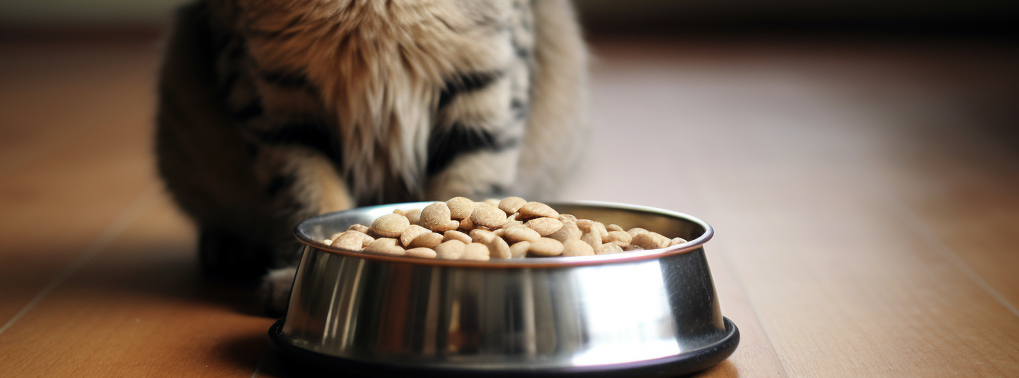
The Role of Nutrition in FLUTD Management:
Diet plays a pivotal role in managing and preventing FLUTD. Therapeutic diets are specially formulated to:
- Dissolve existing urinary crystals.
- Lower urine pH, reducing crystal formation and infection risks.
- Increase sodium to promote hydration and urine production.
- Include omega-3s to lessen inflammation.
- Contain tryptophan for stress-related urinary issues.
- Maintain controlled levels of magnesium and phosphorus, crucial in crystal and stone formation.
These diets need to be strictly adhered to, as even minor deviations can diminish their effectiveness.
Prescription Diets vs. Over-the-Counter (OTC) Diets:
While OTC urinary diets can be beneficial, they're generally less effective than prescription diets. Prescription diets are recommended, especially for cats with a history of urinary obstruction. These cats should remain on a therapeutic diet lifelong to prevent recurrence.
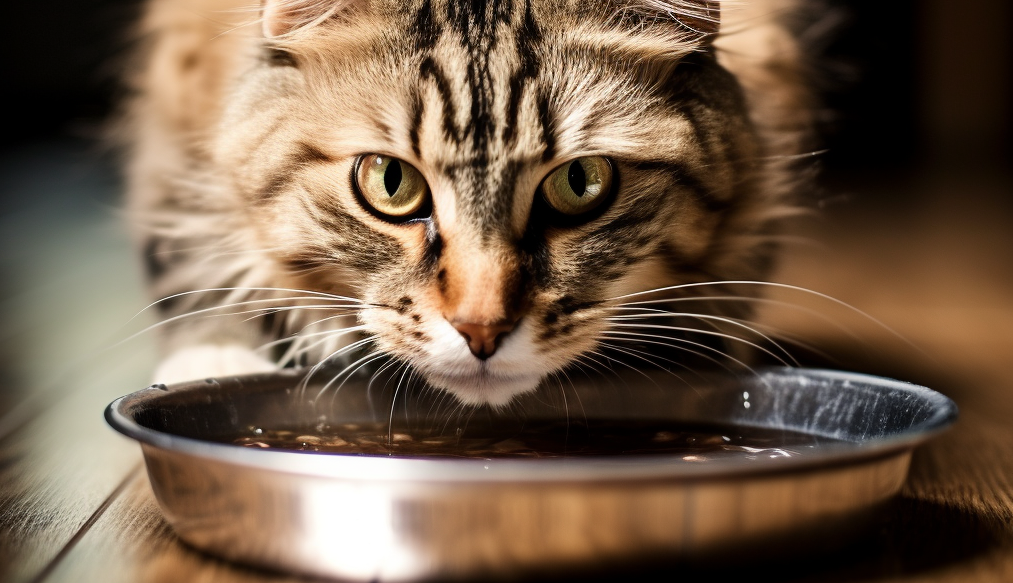
Wet Food Diets in FLUTD Management:
A common misconception is that a wet food diet alone can manage urinary conditions. Although adding moisture through wet food helps by increasing urine volume, it does not replace the need for a specific FLUTD diet. Both dry and wet therapeutic diets are effective, and the choice should be based on your cat's preference and your vet's advice.
Home-Prepared Diets:
Crafting a home-made diet for a cat with FLUTD is challenging. It's difficult to ensure the diet is nutritionally balanced and meets specific urinary health requirements. If you're considering a homemade diet, consult a Board Certified Veterinary Nutritionist for guidance and precise recipes.
Final Thoughts:
Understanding and managing FLUTD requires a multifaceted approach, with nutrition playing a key role. Regular veterinary check-ups, strict adherence to prescribed diets, and awareness of symptoms can significantly improve your cat's quality of life. Remember, early detection and consistent management are your best tools in combating this condition.
Frequently Asked Questions:
Can diet prevent FLUTD in cats?
Yes, diet plays a crucial role in preventing FLUTD. Feeding your cat a balanced diet that's specifically formulated for urinary health can help reduce the risk of urinary stones and other FLUTD-related issues. Increasing water intake, either through wet food or encouraging drinking, is also beneficial.
Are certain cat breeds more prone to FLUTD?
FLUTD can affect any cat, but certain factors like obesity and lifestyle (indoor vs. outdoor) can increase the risk. There's no definitive evidence that specific breeds are more prone to FLUTD, but male cats are generally at a higher risk for urethral blockages.
How can I tell if my cat has FLUTD?
Look for symptoms like difficulty in urinating, frequent urination, blood in the urine, crying out while urinating, and urinating outside the litter box. If you observe any of these signs, it's important to consult a veterinarian promptly.
Is FLUTD a recurring condition?
It can be. Some cats may experience recurrent episodes of FLUTD, especially if underlying causes like stress or diet aren't addressed. Regular veterinary check-ups and following preventive measures can help manage recurrences.
How is FLUTD diagnosed?
Diagnosis typically involves a physical examination, urinalysis, and possibly additional tests like blood work, X-rays, or ultrasounds to identify the underlying cause of the urinary issues.
Can stress cause FLUTD in cats?
Yes, stress is a significant factor in the development of FLUTD, particularly in cases of idiopathic cystitis. Minimizing stress through environmental enrichment and maintaining a stable routine can help reduce the risk.
Are there long-term complications associated with FLUTD?
If not properly managed, FLUTD can lead to severe complications, including life-threatening blockages, especially in male cats. Chronic cases can also lead to ongoing discomfort and behavioral changes.
